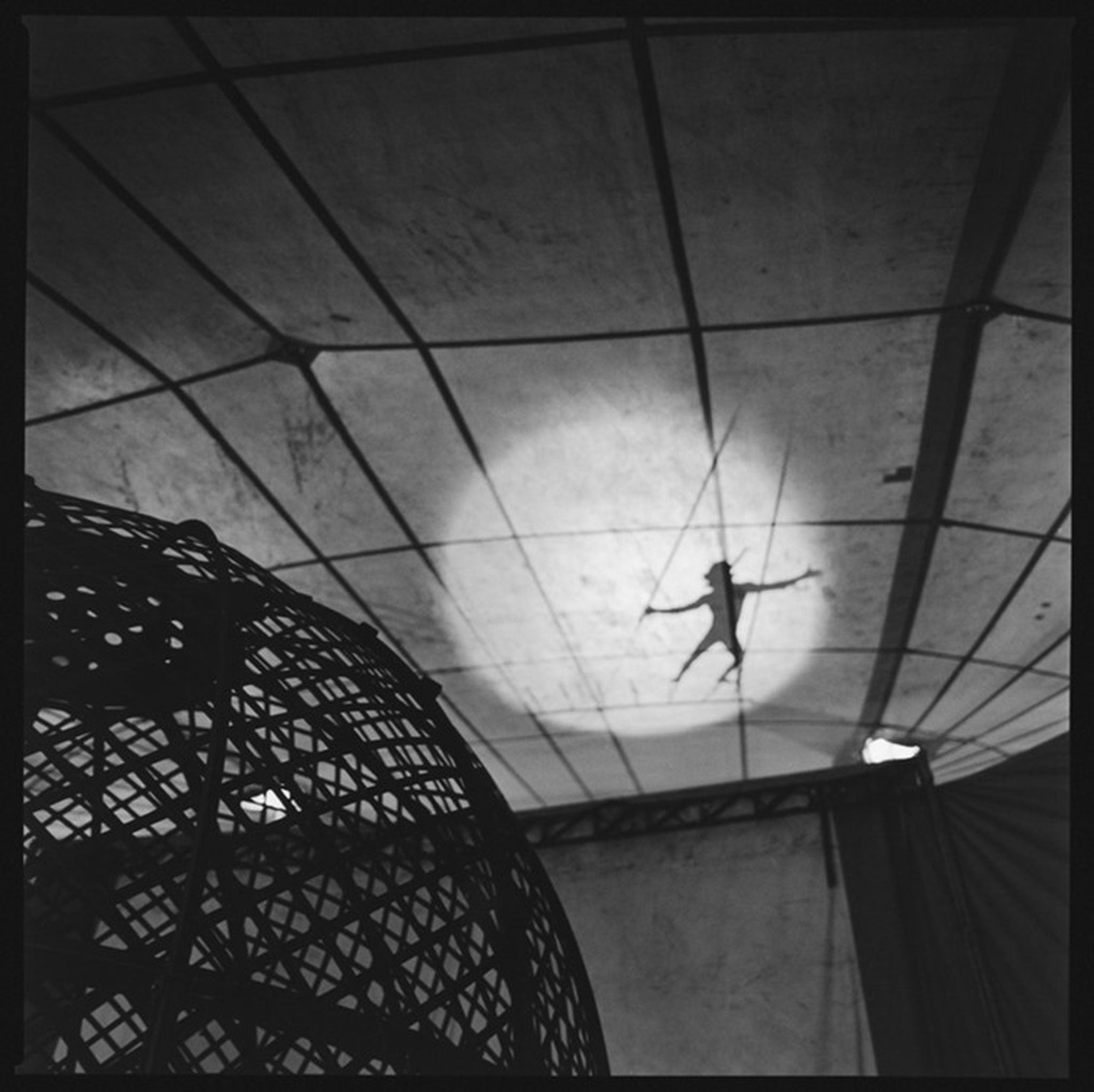Photographer Norma I Quintana celebrates the eccentricities of circus performers in America
Quintana's project "Circus: A Traveling Life" chronicles a 10-year collaboration between the photographer and an American travelling one-ring circus

Your support helps us to tell the story
From reproductive rights to climate change to Big Tech, The Independent is on the ground when the story is developing. Whether it's investigating the financials of Elon Musk's pro-Trump PAC or producing our latest documentary, 'The A Word', which shines a light on the American women fighting for reproductive rights, we know how important it is to parse out the facts from the messaging.
At such a critical moment in US history, we need reporters on the ground. Your donation allows us to keep sending journalists to speak to both sides of the story.
The Independent is trusted by Americans across the entire political spectrum. And unlike many other quality news outlets, we choose not to lock Americans out of our reporting and analysis with paywalls. We believe quality journalism should be available to everyone, paid for by those who can afford it.
Your support makes all the difference.Circus performers have long been a favoured subject of photographers. But for Norma I Quintana, they had never been celebrated in an appropriate way, having their otherness highlighted rather than their eccentricities honoured.
"If you go back and look at Diane Arbus's work about people in the circus [in the 1960s], there was an element of freakishness and oddity. Even before her, other photographers presented a dark side, a melancholy."
Quintana's project "Circus: A Traveling Life" chronicles a 10-year collaboration between the photographer and an American travelling one-ring circus.
When, in the summer of 1998, the Oklahoma-based Circus Chimera rolled into Quintana's home of the San Francisco Bay area, she was fascinated by the cast of characters – acrobats, trapeze artists, tightrope-walkers and clowns – who came from all over the world.
Though at first she imagined she'd spend just a few days photographing them, she ended up travelling with them and getting to know them as individuals over the following decade, until the circus folded.
"I had imagined they'd be a marginalised set of people, but I found them to be family-oriented, and continuing their families' legacies," says Quintana, now in her late fifties.
"Initially, the performers were hesitant," she recalls. "But I came day after day, week after week, year after year, and got to know them as people, artists, family. They grew to embrace me – as I did them."
'Circus: A Traveling Life' is published by Damiani Editore, at £28. For more (including signed copies): normaiquintana.com
Join our commenting forum
Join thought-provoking conversations, follow other Independent readers and see their replies
Comments